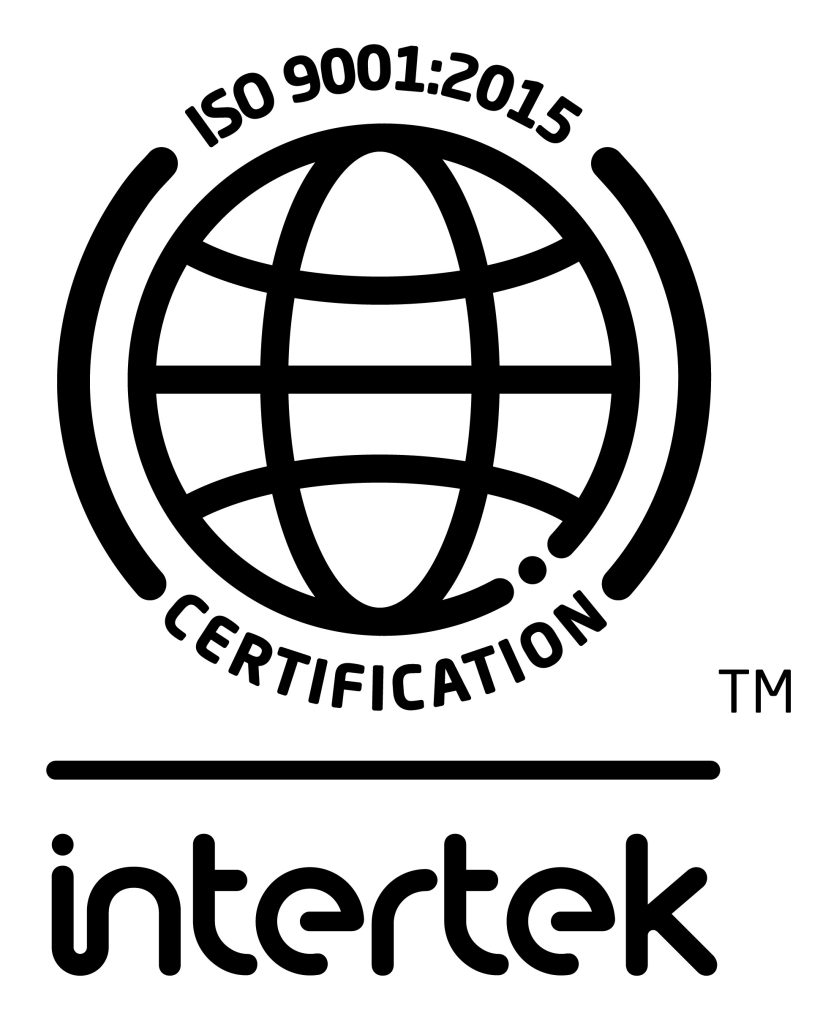Stainless steel casting is a specialized process that results in the casting or shaping of different types of steel. A steel casting foundry produces steel castings, which can be categorized into two major groups, namely alloy and carbon steels. Stainless steel sand casting is a preferred alternative to iron casting when cast irons simply cannot deliver the required strength or the necessary shock resistance for the metal application. Some examples of steel castings that are commonly produced through the casting process include gears, forging presses, valve bodies, hydroelectric turbine wheels, pump castings, engine cylinder blocks marine equipment, turbocharger turbines, and mining machinery.
Because steel is a lot harder to cast than iron, a steel casting foundry may use various stainless steel sand casting processes to achieve the required specifications for a machined product. Casting processes are typically designated according to the methods and techniques used to produce steel molds. Below are some of the main processes involved in stainless steel casting:
- Sand casting – Stainless steel sand casting or sand molded casting is a steel casting processes that involves the use of sand molds in order to shape and create complex metal parts. Expandable sand molds are prepared before molten metal is poured to take the desired shape.
- Shell mold casting – Shell mold casting on the other hand, is a type of stainless steel casting process that makes use of resin-covered sand for better dimensional accuracy. It is a process that is very similar to sand casting, only it allows for the creation of reusable patterns (metal pieces or shells) that can be used over and over to produce accurate replications of the same part.
- Investment casting – Investment casting is a steel casting technique that uses lost-wax casting principles. This technique involves the use of wax mold patterns to form accurate castings of small parts. The pattern, being made out of wax or a similar material can simply be removed by melting the mold away.
- Ceramic mold casting – Ceramic mold casting or ceramic molding, on the other hand, makes use of ceramics as mold material. The process is a combination of investment and plaster mold casting, resulting in highly accurate steel castings.



